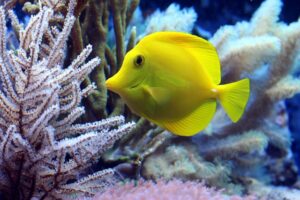Top Most Venomous Snake in The World
Nature WorldWide December 8, 2023 0
In the intricate tapestry of the animal kingdom, snakes hold a unique place – feared by many, revered by some, and undoubtedly fascinating to all. Among these legless wonders, some stand out for their lethal venom, capable of inflicting serious harm or even death to unsuspecting victims. In this blog post, we embark on a journey to explore the topmost venomous snakes in the world, delving into the characteristics that make them both captivating and perilous.
List of Top Most Venomous Snakes in The World
- Inland Taipan (Oxyuranus microlepidotus)
- Belcher’s Sea Snake (Hydrophis belcheri)
- Eastern Brown Snake (Pseudonaja textilis)
- Coastal Taipan (Oxyuranus scutellatus)
- Black Mamba (Dendroaspis polylepis)
- King Cobra (Ophiophagus hannah)
- Russell’s Viper (Daboia russelii)
- Many-banded Krait (Bungarus multicinctus)
- Saw-scaled Viper (Echis carinatus)
- Philippine Cobra (Naja philippinensis)
Inland Taipan (Oxyuranus microlepidotus):
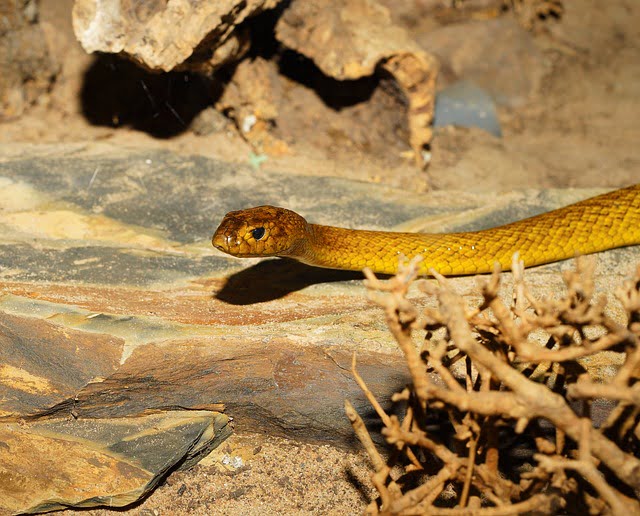
The Inland Taipan, also known as the Fierce Snake, is widely regarded as the most venomous snake in the world. It is native to central Australia and possesses extremely potent venom. The venom of the Inland Taipan is a complex mixture of neurotoxins, which can cause severe symptoms such as muscle paralysis, organ failure, and potentially death if left untreated. However, despite its potency, the Inland Taipan is a generally shy and elusive snake, and human encounters are rare.
Read More: Top 11 Most Beautiful Snakes in The World
Belcher’s Sea Snake (Hydrophis belcheri):

The Belcher’s Sea Snake, also called the Faint-banded Sea Snake, is a highly venomous sea snake found in the waters of the Indo-Pacific region. It has the most toxic venom of any known snake. Fortunately, its docile nature and limited contact with humans make it less of a threat. However, if bitten, its venom can cause respiratory paralysis, leading to suffocation and potentially death.
Eastern Brown Snake (Pseudonaja textilis):
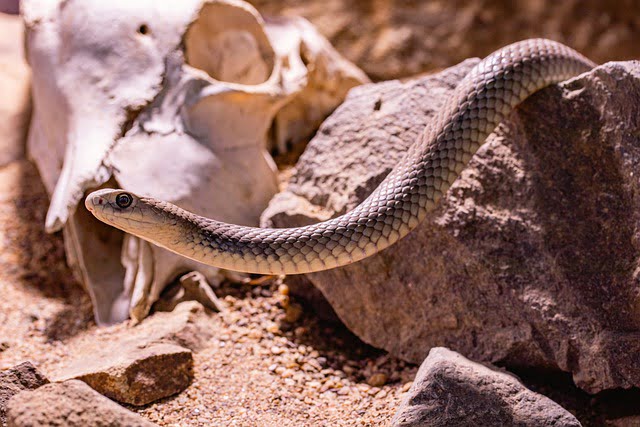
The Eastern Brown Snake is a highly venomous species native to Australia. It is responsible for the majority of snakebite deaths in the country. Its venom contains potent neurotoxins and coagulants, causing symptoms such as paralysis, organ damage, and disruption of blood clotting. Highly adaptable, the Eastern Brown Snake thrives in diverse habitats, including urban areas, posing a notable risk for human encounters.
Read More: 10 Importance of Animals in Our Life
Coastal Taipan (Oxyuranus scutellatus):
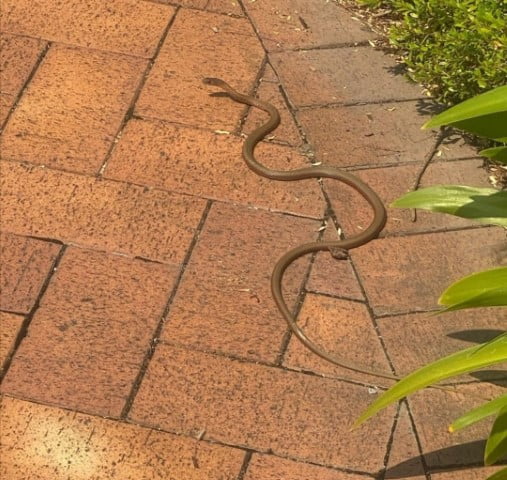
Australia and New Guinea are home to the Coastal Taipan, another venomous snake distinguished by its aggressive behavior and potent venom. The venom of the Coastal Taipan consists of neurotoxins and procoagulants, which can cause severe neurological symptoms, internal bleeding, and organ failure. Human bites are relatively rare, but when envenomation occurs, immediate medical attention is crucial.
Black Mamba (Dendroaspis polylepis):
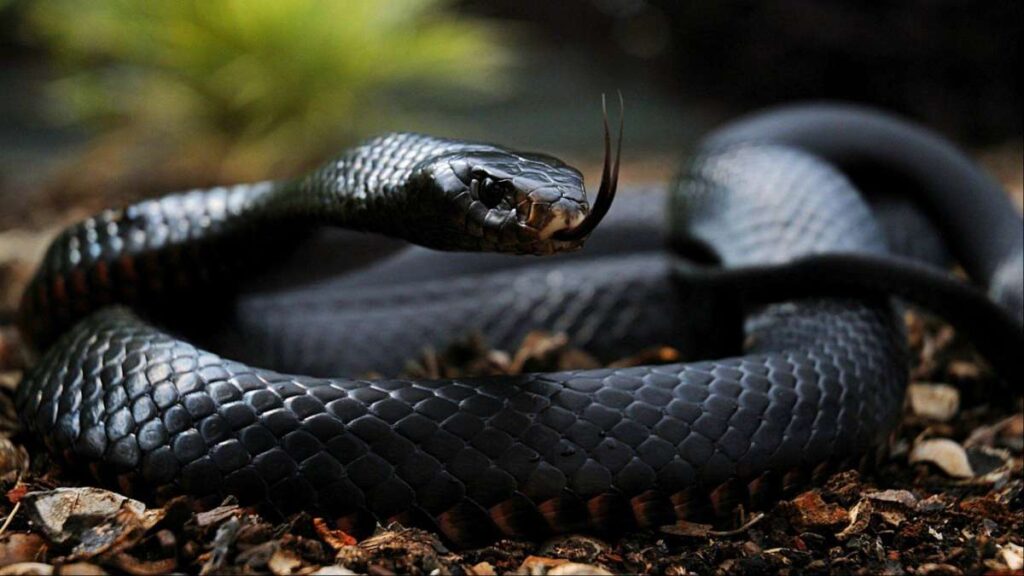
The Black Mamba is one of the most feared snakes in Africa. Despite its name, it is not black but has a predominantly dark brown or olive-colored appearance. It is known for its incredible speed and agility. The venom of the Black Mamba contains potent neurotoxins and cardiotoxins, leading to rapid paralysis, respiratory failure, and cardiovascular collapse. Bites from this snake are rare but can be fatal without prompt medical intervention.
Read More: Top 10 Most Friendly Animals to Humans in the World
King Cobra (Ophiophagus hannah):
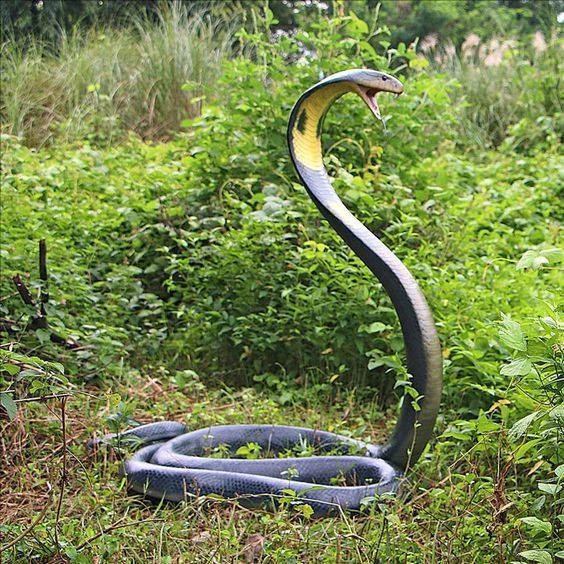
The world’s longest venomous snake, the King Cobra, is predominantly located in Southeast Asia. Although its venom is not the most potent, the King Cobra delivers a large amount of venom in a single bite. Its venom is a combination of neurotoxins and cytotoxins, affecting the nervous system and causing tissue damage. Bites from the King Cobra can be lethal if left untreated.
Russell’s Viper (Daboia russelii):
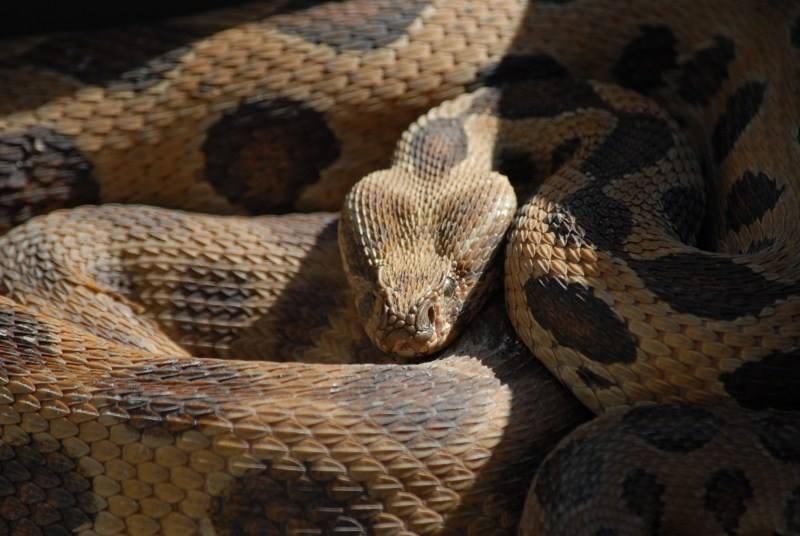
Russell’s Viper is a highly venomous snake found in Asia. It is responsible for a significant number of snakebite deaths in its range. The venom of the Russell’s Viper is a potent mix of hemotoxins, causing coagulopathy, tissue damage, and organ failure. Bites from this snake can result in severe bleeding, hypotension, and other systemic effects.
Read More: The Top 10 Friendliest Animals in the World
Many-banded Krait (Bungarus multicinctus):
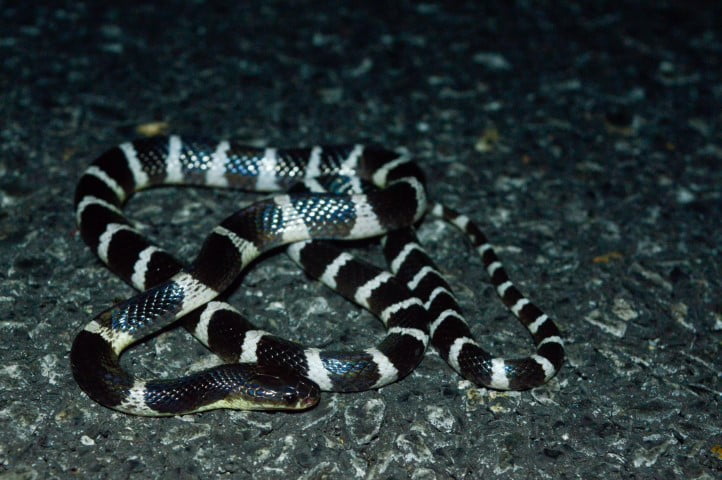
The highly venomous many-banded krait is indigenous to Southeast Asia. It is recognizable by its distinctive black and white bands. The venom of the Many-banded Krait contains potent neurotoxins that cause muscle paralysis and respiratory failure. Bites from this snake can be life-threatening, but it is generally docile and rarely bites humans unless provoked.
Saw-scaled Viper (Echis carinatus):
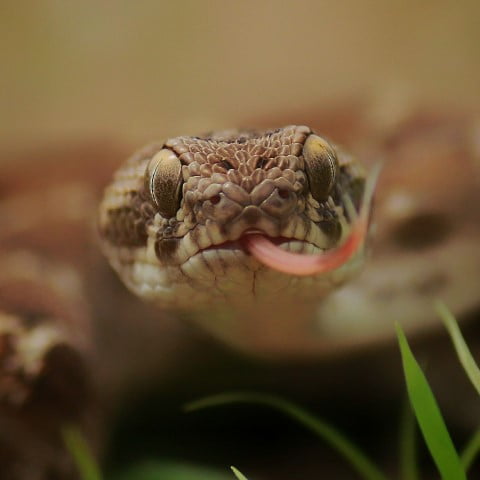
The Saw-scaled Viper is a small but highly venomous snake found in parts of Africa, the Middle East, and the Indian subcontinent. It gets its name from the rasping sound it produces by rubbing its scales together when threatened. The venom of the Saw-scaled Viper contains a combination of hemotoxins and cytotoxins, causing coagulopathy, tissue damage, and other systemic effects. Bites from this snake can be lethal without timely medical treatment.
Read More: Top 10 Animals That Can Change Their Color
Philippine Cobra (Naja philippinensis):
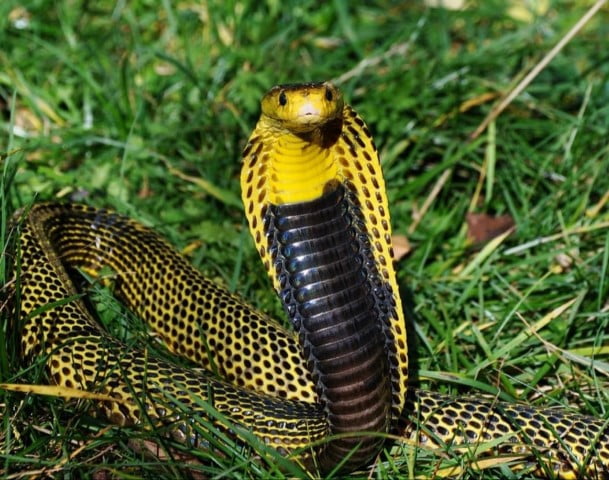
The Philippine Cobra is a venomous snake native to the Philippines. It is known for its iconic hood and the ability to spit venom accurately at a distance. Its venom contains potent neurotoxins that affect the nervous system and can cause respiratory paralysis and death if left untreated. Bites from this snake require immediate medical attention.


